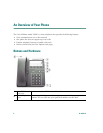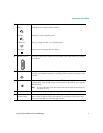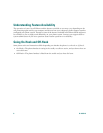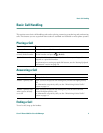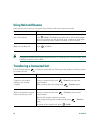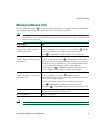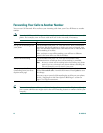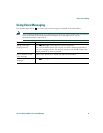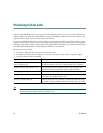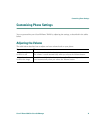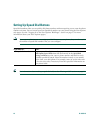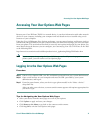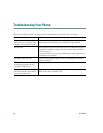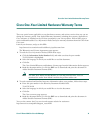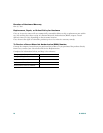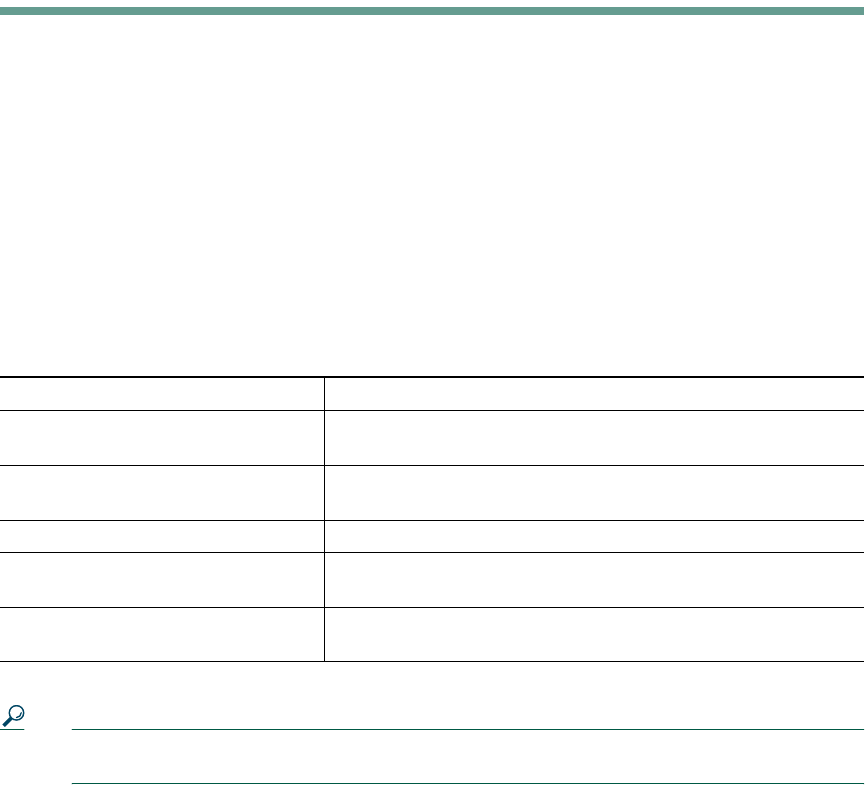
14 78-16335-01
Prioritizing Critical Calls
Advanced call-handling tasks involve special (non-standard) features that your system administrator
might configure for your phone depending on your call-handling needs and work environment. You
typically will not have access to these features by default.
In some specialized environments, such as military or government offices, you might need to receive
urgent or critical calls. These critical calls might require higher priority handling, such as being able
to bypass other calls. If you have the need for this specialized call handling, your system administrator
can add Multilevel Precedence and Preemption (MLPP) to your phone.
Keep these terms in mind:
• Precedence indicates the priority associated with a call.
• Preemption is the process of ending an existing, lower priority call while accepting a higher
priority call that is sent to your phone.
Tip When you make or receive an MLPP-enabled call, you will hear special ring tones and call
waiting tones that differ from the standard tones.
If you want to... Then...
Choose a priority (precedence) level
for an outgoing call
Contact your system administrator for a list of corresponding
precedence numbers for calls (ranging from low to highest).
Make a priority (precedence) call Enter the MLPP access number (which is provided by your
system administrator) followed by the phone number.
Receive a priority (precedence) call While on an active call, you hear the special call waiting tone.
Accept an higher-priority call When you hear the special call waiting tone, end an active call
and answer the higher-priority call.
Receive a preemption call While on an active call, you hear a continuous tone for about
10 seconds. The preemption call then overrides the active call.



